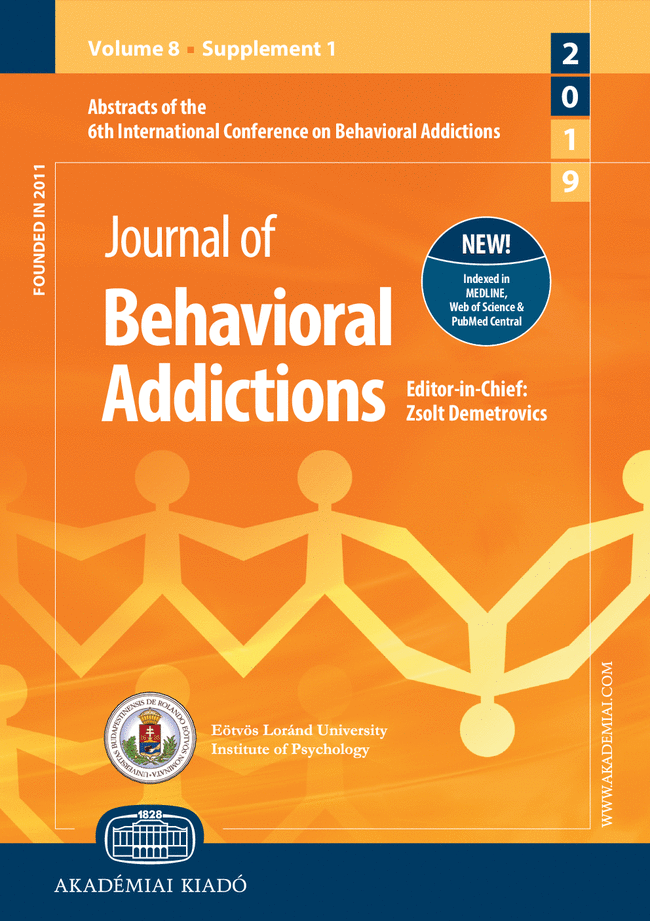Association of GDNF and CNTNAP2 gene variants with gambling
Association of GDNF and CNTNAP2 gene variants with gambling
Author(s): Arundhuti Das, Luca Pagliaroli, Andrea Vereczkei, Eszter Kotyuk, Banrida Langstieh, Zsolt Demetrovics, Csaba BartaSubject(s): Behaviorism
Published by: Akadémiai Kiadó
Keywords: addiction; gambling; genetic; GDNF; CNTNAP2
Summary/Abstract: Background and aims. Some form of gambling can be observed in nearly every society, as the gratification felt upon winning in uncertain conditions is universal. A culturally distinct form of gambling, associated with a traditional sporting event of archery known as “teer,” is innate to the province of Meghalaya, India. The objective of this study was to find genetic variants underlying this unique form of behavioral addiction. To better understand game-based gambling, we studied genetic variants related to dopaminergic pathways and other genes previously linked to various psychological disorders. Methods. This study was carried out on a sample of 196 Indo-Aryan adults from Shillong, Meghalaya. Genotyping of glial cell line-derived neurotrophic factor (GDNF) polymorphisms was carried out using real-time PCR. We further investigated 32 single nucleotide polymorphisms located in the 3′ UTR of additional genes of interest using an OpenArray® real-time PCR platform. Results. Case–control analysis revealed a significant association between GDNF variant rs2973033 (p = .00864, χ2 = 13.132, df = 2) and contactin-associated protein-like 2 (CNTNAP2) variant rs2530311 (p = .0448, χ2 = 13.132, df = 2) with gambling. Discussion and conclusions. Association of the GDNF gene with gambling could be attributed to its involvement in the development and survival of dopaminergic neurons. Our result is in good agreement with previous data indicating the role of GDNF in certain substance addictions. Several rare variants in the CNTNAP2 gene were also implicated in alcohol addiction in a previous study. This pilot study provides further support for the role of GDNF and CNTNAP2 in addiction behaviors.
Journal: Journal of Behavioral Addictions
- Issue Year: 8/2019
- Issue No: 3
- Page Range: 471-478
- Page Count: 8
- Language: English

